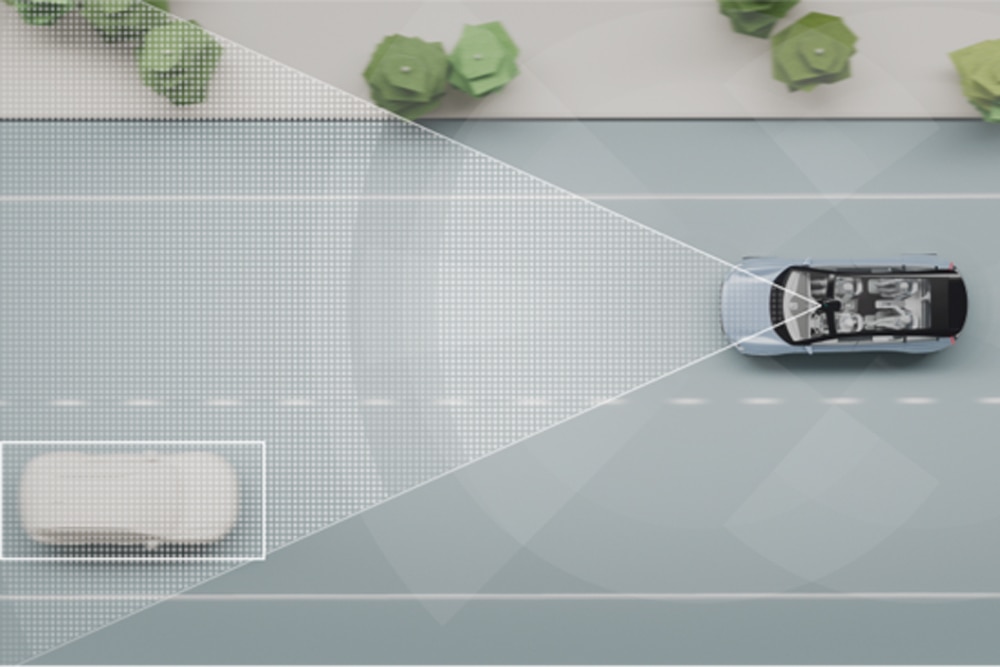What is Volvo Ride Pilot?
This driver-assistance tech will allow for limited hands-free, eyes-closed motoring.
 Volvo
Volvo
Debuting in the EX90 electric crossover, Volvo's Ride Pilot system will make the leap to Level 3 automation. On the SAE's scale of driving automation, Level 3 is where self-driving begins, with drivers able to remove their hands from the wheel and their eyes from the road in certain circumstances. This is an obvious improvement over other advanced driver-assistance systems on the market today, such as General Motors' Super Cruise and Ford BlueCruise, both of which offer limited hands-free operation on designated highways, but require the driver to remain focused on the road and ready to grab the wheel at a moment’s notice.
How Does Ride Pilot Work?
Like many other carmakers, Volvo already offers automated emergency braking, stop-and-go adaptive cruise control, and lane keeping and centering on its vehicles. These sensor- and/or camera-based features serve as building blocks for self-driving systems, and are likely to come standard on the upcoming EX90. What makes Ride Pilot different from other tech setups, though, is that it’ll employ a lidar scanner in addition to five radar units, eight cameras, and 16 ultrasonic sensors.
Short for "light detection and ranging," lidar works similarly to radar, but instead of sending out radio waves to detect objects in its surroundings, it projects laser pulses. This makes it possible for the vehicle to create an accurate and constantly updated 3D model of its environment so it can safely make decisions about its behavior.
Seeing the Unseen with Ride Pilot
Volvo says Ride Pilot’s lidar tech can sense the road in daylight and darkness at highway speeds. In fact, it’s capable of detecting a pedestrian on a dark road from a distance of 820 feet. At 75 mph, that means the vehicle has 7.5 seconds to react; a human, however, may not see that person until much too late.
Ride Pilot Rollout
Ride Pilot availability will begin in California, but only after Volvo completes ongoing validation testing on roads there and receives the necessary regulatory approvals. It’s unclear how long this will take. The company did not provide a timeline.
If Volvo doesn’t receive the green light by the time the EX90 arrives—expected in early 2024—the automaker will still equip all models with the necessary hardware, and activate the system later on with an over-the-air update. If owners want to activate, Volvo will require the owners to pay for this capability via a subscription plan, similar to what GM does with Super Cruise.
Written by humans.
Edited by humans.
 Jim Koscs
Jim KoscsJim Koscs has been writing about cars for more than 30 years, his byline appearing in national enthusiast and trade publications, newspapers, and websites. He covers a broad spectrum of topics in automotive business, culture, collecting, design, history, racing, and technology. The "car thing" goes way back for Jim. At the 1968 New York Auto Show, he snuck away from his father to get a better look at a Rolls-Royce... from underneath it, to see if it had dual exhausts. (It didn't.)
Related articles
View more related articles